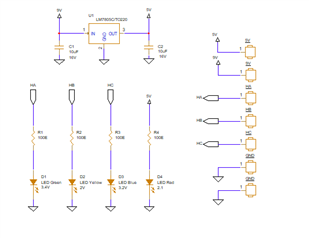Dear TI forum family,
We are using Hall Effect Sensor DRV5011ADLPGM for position sensing in BLDC Hub Motors for Electric Vehicle application. But the hall sensors are getting failed frequently.
Please do help us for understanding the cause of failure and suggest me a good solution
Thanks in Advance.
Adarsh Raju







